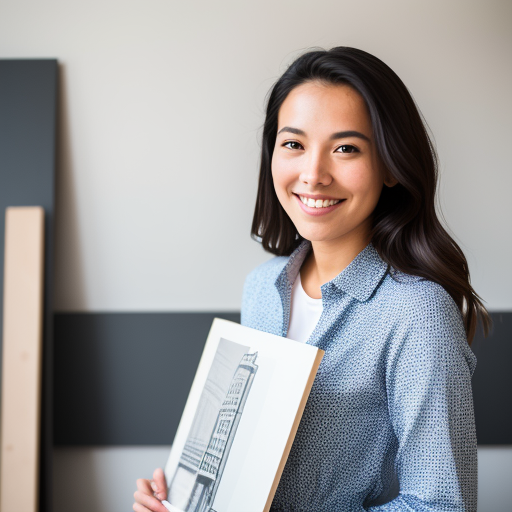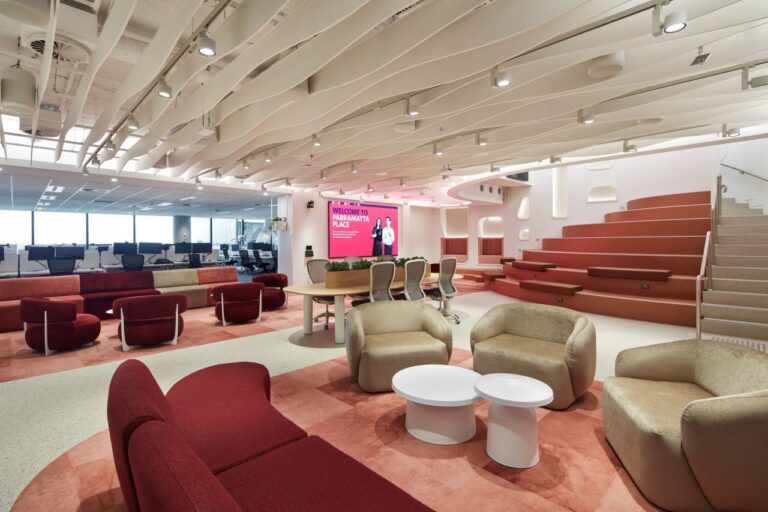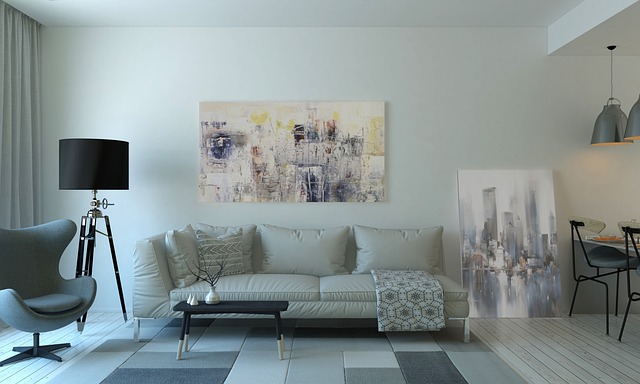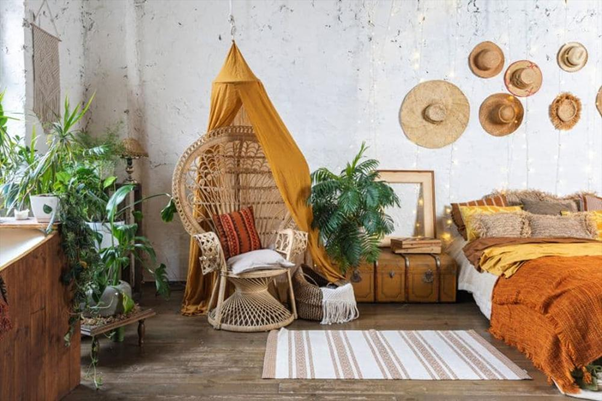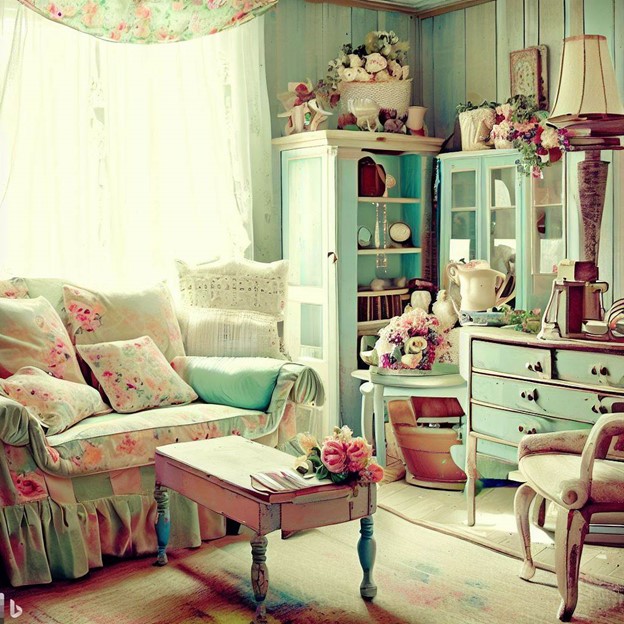1. Defining Eclectic: Understanding the Style
When it comes to interior design, eclectic style refers to a mix of various styles, periods, and textures that come together to create a cohesive and visually interesting space. Eclectic style is all about creating a space that reflects your personality, with a focus on unique, one-of-a-kind pieces that serve as focal points. This style can include anything from vintage furniture and art to modern and contemporary pieces. The key is to combine them in a way that feels balanced and harmonious.
What sets eclectic style apart from other design styles is its emphasis on individuality and creativity. Rather than conforming to a single design trend, eclectic style encourages homeowners to think outside the box and create a space that reflects their personal style. This is why it appeals to many homeowners, as it allows them to express their individuality and showcase their personal tastes.
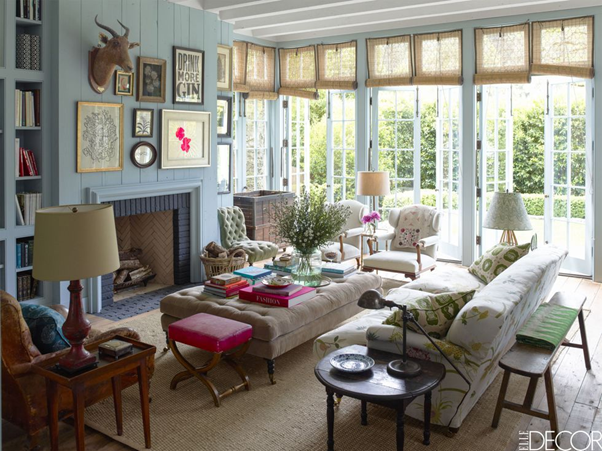
2. Mix and Match: The Art of Combining Styles
One of the main challenges of eclectic design is blending different styles and periods to create a cohesive look. The key is to strike a balance between different styles and elements to avoid a cluttered or chaotic appearance. To achieve this, it’s important to consider the overall color scheme, texture, and scale of each element in the space.
When mixing styles, it’s essential to keep in mind the underlying principles of design such as balance, proportion, and harmony. For example, if you have a statement piece like an antique Persian rug, you might want to balance it out with a more minimalist furniture piece, like a Barcelona Sofa. Similarly, you could pair a modern abstract painting with a vintage side table to create a dynamic and visually interesting composition.
3. The Role of Color in Eclectic Interiors
Another essential element of eclectic design is color. The right color scheme can help tie together different elements in the space and create a cohesive look. When it comes to color, there are several ways to approach eclectic style.
One approach is to choose a dominant color and use it as the foundation for the entire room. For example, you might choose a bold, saturated color like emerald green or deep navy blue and use it as a unifying element throughout the space. Another approach is to mix and match different colors and patterns to create a vibrant and eclectic look.
When selecting colors for an eclectic space, it’s important to consider the overall mood and atmosphere you want to create. For example, warm and earthy colors like terracotta and rust can create a cozy, inviting vibe, while bright and bold colors like fuchsia and turquoise can add energy and vibrancy to a space.

4. Curating Unique Pieces: The Heart of Eclectic Style
At the heart of eclectic design is the art of curating unique pieces that serve as focal points in the space. When selecting pieces for an eclectic interior, it’s important to consider the overall aesthetic and mood you want to create.
One approach is to source one-of-a-kind vintage or antique pieces that add character and personality to the space. These could be anything from a vintage Moroccan rug to an antique chandelier. Another approach is to mix in contemporary and modern pieces to create a more eclectic and dynamic look.
When selecting unique pieces for an eclectic space, it’s important to keep in mind the overall scale and proportion of the space. You want to avoid cluttering the space with too many pieces or overwhelming it with oversized elements. Instead, focus on selecting pieces that add visual interest and complement the overall aesthetic of the room.
5. Balancing Act: Maintaining Harmony in Eclectic Design
Creating a harmonious and balanced look in an eclectic space can be challenging, but there are a few expert tips you can follow to avoid a chaotic appearance. One approach is to create a visual hierarchy in the space by selecting one or two statement pieces that serve as focal points and then balancing them out with more subdued elements.
Another approach is to focus on creating a sense of rhythm and repetition in the space. This can be achieved by repeating certain colors or patterns throughout the room or by using similar shapes and forms in different elements of the space.
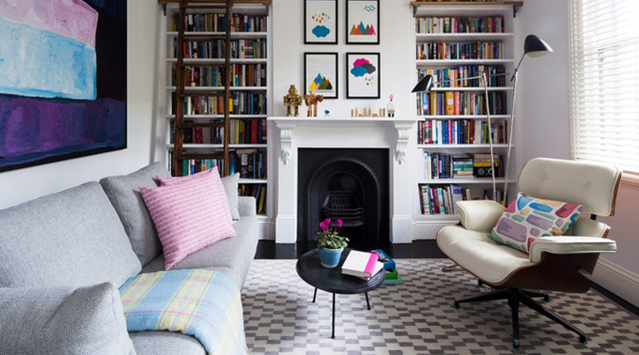
6. Texture and Pattern: Adding Depth to Your Eclectic Space
Texture and pattern play an important role in creating visual interest and depth in an eclectic space. When selecting textures and patterns, it’s important to consider the overall mood and atmosphere you want to create. For example, if you want to create a cozy and inviting space, you might want to focus on soft, tactile materials like velvet or faux fur. On the other hand, if you want to create a more edgy and modern look, you might want to incorporate geometric patterns or metallic accents.
One expert tip for incorporating texture and pattern is to start with a neutral base and then layer on different textures and patterns to create a sense of depth and dimension. For example, you could start with a neutral-colored sofa and then add patterned throw pillows and a textured rug to create a more dynamic and visually interesting composition.
7. Personal Touch: Infusing Your Personality into Eclectic Design
At the heart of eclectic design is the idea of expressing your personal style and taste. One of the best ways to infuse your personality into your eclectic space is to incorporate elements that have personal meaning or significance to you.
This could be anything from a favorite piece of artwork to a vintage piece of furniture that has been passed down through generations. The key is to choose pieces that have a personal connection to you and that reflect your unique story and experiences.
Another way to infuse your personality into your eclectic space is to incorporate DIY or handmade elements. For example, you could create your own artwork or repurpose an old piece of furniture to create a unique and personalized element in the space.
8. Accessorizing in Eclectic Style: The Final Flourish
Accessories play a key role in completing the eclectic look. When selecting accessories, it’s important to consider the overall aesthetic and mood you want to create. One approach is to choose a few statement pieces that serve as focal points and then layer on more subtle accessories to create a sense of depth and dimension.
When it comes to arranging accessories, there are a few expert tips to keep in mind. One approach is to create a sense of balance and symmetry by arranging accessories in pairs or groups of three. Another approach is to play with different heights and scales to create a dynamic and visually interesting composition.
9. Evolution of Your Eclectic Space: Embracing Change and Growth
One of the key principles of eclectic design is that it is a dynamic and ever-evolving style. As you live in and use your space, it’s important to embrace change and growth and to continue to evolve your eclectic style over time.
One way to do this is to experiment with different color schemes, textures, and patterns to create a more dynamic and visually interesting space. Another way is to incorporate new pieces over time and to curate your collection of eclectic elements as your tastes and preferences evolve.
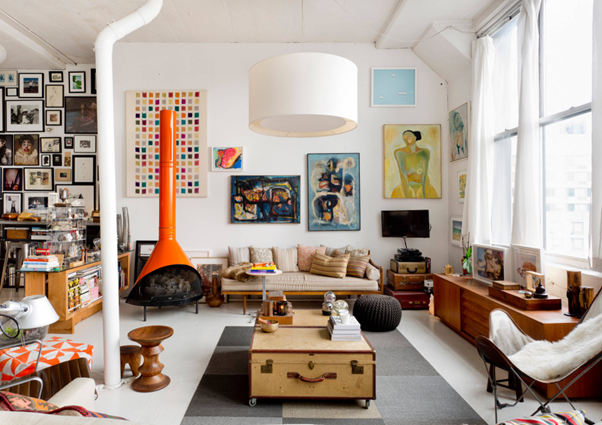
10. Case Study: Real-Life Eclectic Interiors
To conclude the series, it’s helpful to showcase some real-life examples of eclectic interiors and how they embody the principles discussed in previous blog entries. This can provide readers with inspiration and ideas for how to incorporate eclectic style in their own homes.
One example of an eclectic interior might be a living room with a mix of vintage and modern furniture, layered with colorful pillows and a bold patterned rug. The room might feature a statement piece of artwork or a unique lighting fixture that serves as a focal point. Accessories like books, candles, and plants might be arranged in a balanced and visually interesting way, adding depth and dimension to the space.
